I am building a garage/workshop 26’x36′. It is on a slope, the footer is poured and stepped. I am now working on laying block to floor height. The front is about 2′ out of the ground and the back is about 5′ out of the ground. What I need to know is what is the best thing to use for backfill. I’ve been told everything from sand to #2’s rock. Can anyone tell what will work best and do I have to worry about the weight on the rear wall. This is my first major project and am doing most of it myself due to financial considerations. Thanks, Rick
Discussion Forum
Discussion Forum
Up Next
Video Shorts
Featured Story
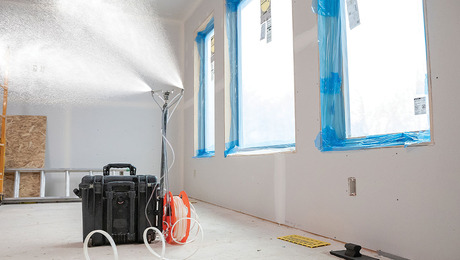
Simple air-sealing measures and spray-applied sealant lower energy bills and increase comfort without the need to tear the house apart.
Featured Video
How to Install Exterior Window TrimHighlights
"I have learned so much thanks to the searchable articles on the FHB website. I can confidently say that I expect to be a life-long subscriber." - M.K.
Fine Homebuilding Magazine
- Home Group
- Antique Trader
- Arts & Crafts Homes
- Bank Note Reporter
- Cabin Life
- Cuisine at Home
- Fine Gardening
- Fine Woodworking
- Green Building Advisor
- Garden Gate
- Horticulture
- Keep Craft Alive
- Log Home Living
- Military Trader/Vehicles
- Numismatic News
- Numismaster
- Old Cars Weekly
- Old House Journal
- Period Homes
- Popular Woodworking
- Script
- ShopNotes
- Sports Collectors Digest
- Threads
- Timber Home Living
- Traditional Building
- Woodsmith
- World Coin News
- Writer's Digest

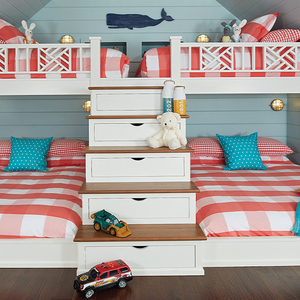

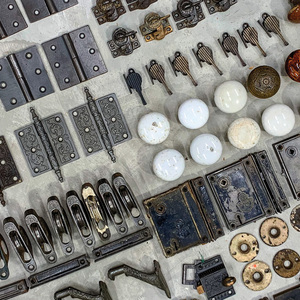
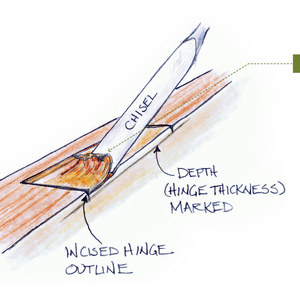







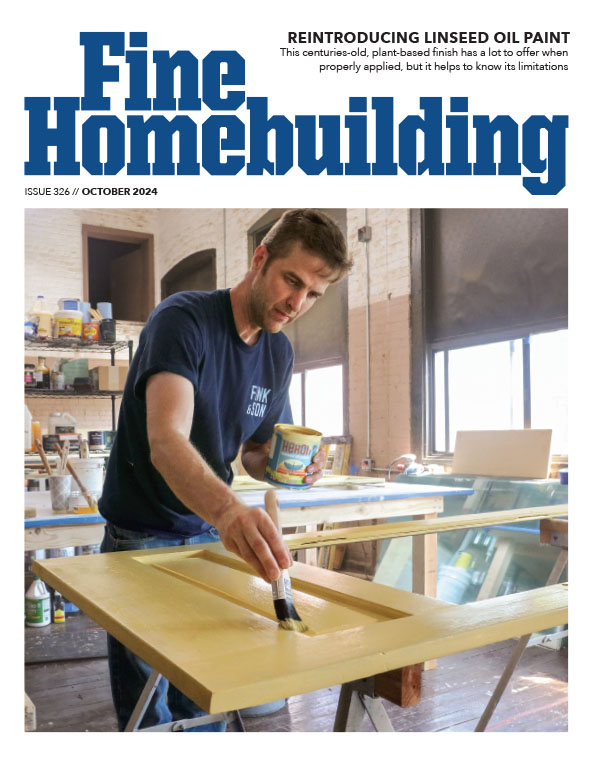





Replies
I would use inch minus, placed and compacted in six inch lifts. Your block walls should be built with ladder wythe and poured cores every four feet to withstand outward pressure and be carefull tamping the gravel near the wall. Alternatively, you could fill up the oputsiode of the wall until the inside is filled and compacted, with the slab finished over it and then scrape back the oputer soil.
Excellence is its own reward!
Do you have patience and an ecological bent???
When we built the house we still live in in the early 70's, we left the backfill open (6 ft deep) for a few years. The footing drains were 4" drainpipe with 1" rock a foot deep. On top of that went 4 or 5 years worth of 3 feet of crushed tin cans, PB scrap, broken glass, and other non-toxic junk 'saved' from the landfill, then the top 2 feet topsoil. No settling 30 years later.
Before backfill, make sure you a a perforated drain pipe that removes water from behind the wall. The pipe needs to be located below slab level and still be able to drain out to the front.
The backfill needs to be of various materials. It should not clog up the drain pipe, it should not puncture the waterproofing material on the wall, it should not hold moisture against the wall, it should not settle and then be able to seal the top of the backfill to prevent water into the backfill.
I'm curious on this.
Why would he need a drain inside the perimeter and under the slab?
And if he placed one there, why would he want it to drain to the front when the hill slopes off to the back? It seems to me that if he placed a perimeter drain, he would want it to drain off to the daylight at back - downslope..
Excellence is its own reward!
Piffin, your right with both points, and its what I'm thinking. You've just clarified what I meant.
I recently back filled a new home project on a similar site as you have described.
I used inch sized gravel on geo-textile fabric and started the backfill on the fabric. I filled in behind the poured wall to a level of about 2.5 feet. I then folded geo-textile fabric over the gravel and finished backfilling. I put drain tile at footer level to allow flow out from either end of the wall. Hope this adds fuel for thought.
TK
new to the site
This is what I do daily. It might sound werid but in our area.
Fill it full with sand and flood with water, couple hundred gallons.